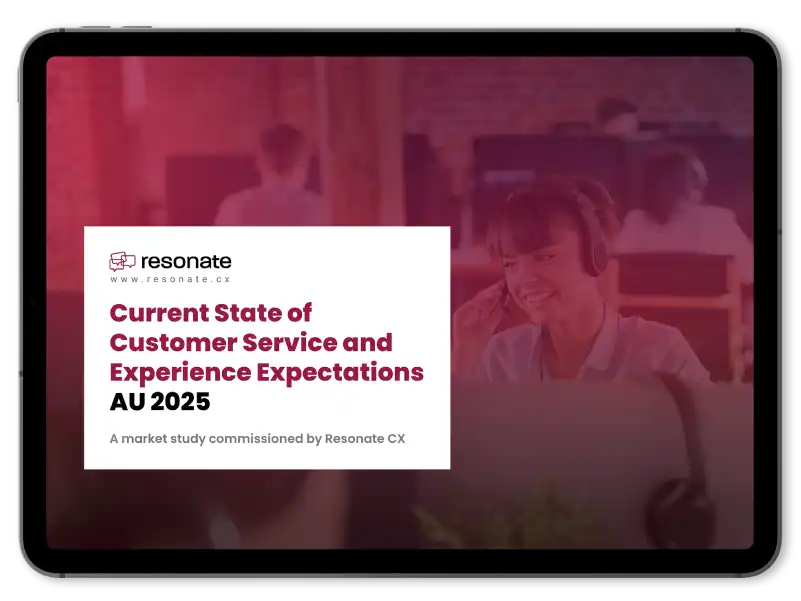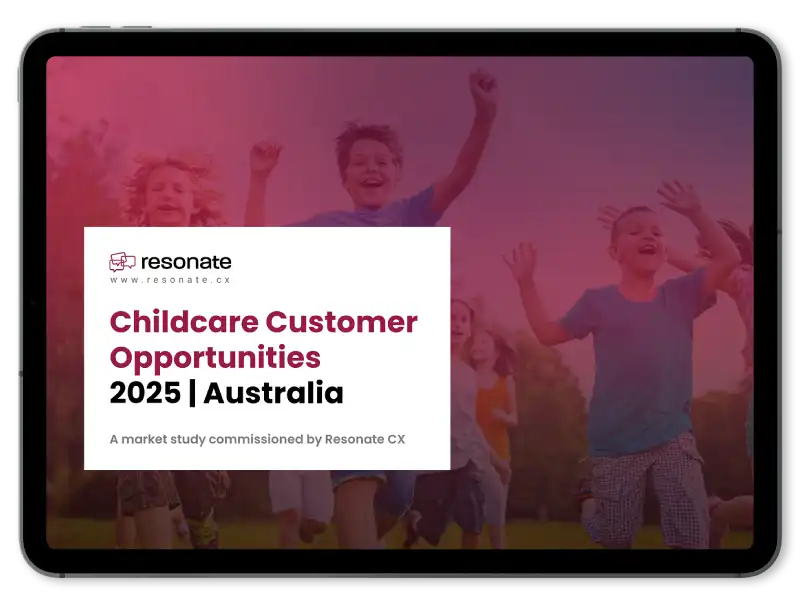TLDR:
- Unresolved Issues: The single biggest reason customers leave a brand is the failure to effectively resolve their reported problems, cited as the top churn trigger by 58% of customers. A lingering, unsolved issue signals to the customer that the company is either incapable of helping them or simply does not care enough to ensure proper closure.
- Long Wait Times: Lengthy service delays are a major contributor to customer abandonment, with 48% of customers identifying it as a reason to switch providers. Speed is considered the currency of trust, and its absence causes customers to quickly lose patience and seek alternatives, even preferring imperfect AI support over continued waiting.
- Lack of Staff Knowledge: A significant amount of churn is driven by customer-facing staff who lack the necessary competence, which immediately degrades customer confidence in the entire organization. Customers expect professionalism and reliability, and having agents who frequently need to check with others or appear unsure reflects poorly on the company’s capabilities.
- Poor Attitude: The attitude and friendliness of a service agent can quickly turn a solvable customer issue into a permanent goodbye, driving 34% of customers to leave. Customers do not demand perfection but they require respect; the tone and empathy used by an agent are critical, especially among digitally confident customers who notice every detail of interaction.
- Focus on Fundamentals: The key to turning churn into loyalty is for companies to focus on mastering the basics of service, as customers prioritize competence and clarity above all else. Businesses can maintain loyalty by training staff for effective resolution, ensuring knowledgeability, and delivering quick, empathetic responses.
Not every customer is the same, but one broad statement can be made about all of them; they all have a breaking point. Some are patient through long menus and repetitive forms while others lose faith after a single mistake. The line between irritation and churn is getting thinner and once crossed, it’s hard to win a customer back.
In CX, not every frustration carries the same weight. Some are small annoyances, the kind customers complain about but move past. Others are deal breakers, moments that drive them to cut ties altogether. Our recent report on the Current State of Customer Service and Service Expectations in 2025 in Australia reveals where exactly that line is drawn, and what companies can do to stay on the right side.
Frustrations customers can tolerate
No customer journey is friction but not all frequent frustrations are drivers of churn. Some pain points are tolerated, if they feel progress is being made. The research shows that customers expect some amount of hassle when reaching support and these are the most mentioned annoyances:
- 48% say long wait times are painful but manageable
- 40% say there are too many steps to reach the right person
- 32% say repeating the same information multiple times is frustrating
It’s important to note that these issues might be pain points for some but churn triggers for others. For those who can tolerate these problems, they might not immediately cause churn, but they chip away at goodwill. The difference between recovery and rejection is how quickly and competently the company reacts.
Picture this: a customer calls their internet provider, explains their issue twice, and finally gets someone who understands the problem and fixes it in 5 minutes. They’ll roll their eyes, maybe sigh, but they’ll stay. Why? Because in the end, their issue was resolved. Resolution heals frustration.

Current State of Customer Service and Experience Expectations 2025 | Australia
Discover how contact centres are emerging as a powerful growth channel.
The Deal Breakers
But then there are the experiences that don’t just frustrate, they break trust.
The top “churn triggers” from the report are consistent among customers:
- Unresolved issues (58%)
This is the single biggest reason customers leave a brand or lose loyalty. For customers, it’s not about the number of interactions that matter, it’s the lack of closure. A problem that lingers becomes proof that the company either does not care or is not capable of solving it. - Long wait times (48%)
While this is a pain point for many, long wait times are also a churn trigger for others. Speed is the currency of trust and when that is gone, so is their patience. Data shows that nearly half of customers will switch to AI support after five minutes of waiting, not because they want the AI more, but because they hate waiting. While AI support can be good, it is not completely reliable at this stage, and once the customers feel let down by both avenues, they will have no other choice but to leave the service. - Lack of staff knowledge (39%)
Competence matters and even polite staff can frustrate customers if they seem unsure or need to “check with someone else” every time they get confused. Knowledge is not just a skill that staff possesses but it reflects professionalism and reliability on the company’s part. - Poor attitude/ lack of friendliness (34%)
Customers don’t expect a red carpet to be laid out every time they call, but they do expect respect. An agent’s tone can turn a fixable issue into a final goodbye. For younger, more digitally confident customers, attitude is everything. They notice tone, empathy, and how they are spoken to.
What ‘Good Service’ means to customers
The fix according to the data, is refreshingly simple. Customers are not asking for perfection, all they want is competence and clarity.
When asked what defines ‘good service’, this is what they said:
- 65%- Effective Resolution
- 50%- Staff Knowledge
- 42%- Response Speed
- 41%- Clear Information
- 26%- Short Wait Times
- 26%- Friendliness and Empathy of Staff
This list is not glamorous, it’s pretty basic. But that’s the point. It proves once again that getting the fundamentals right is still the strongest strategy most businesses can have. Customers want to feel heard, understood, and helped, not managed, redirected, or automated.

How companies can turn churn into loyalty
The same data that reveals frustrations can also point us towards the fix.
- Design for Resolution, not Contact Reduction
Unresolved issues (58%) are the top churn driver, so focus and train your staff on closing the loop with every single customer - Train for Competence, don’t rely on Scripts
Knowledgeable staff is a quality that matters to more than half of the customers that call the support line. Agents who know what they are doing restore the customer’s confidence in them as well as the company. - Cut the Wait
Long wait times are churn triggers for 48% of customers. While the only solution is to get them in contact with a human as soon as possible, companies can use AI to triage, while also offering an easy path to a person at the same time. - Empathy is Key
Attitude matters and 34% of customers are ready to leave due to unhelpful or unfriendly interactions. Train your staff to be understanding and keep reminding them that the ‘Customer is King’. - Follow-up
Most customers can forgive small hiccups but not everyone can deal with radio silence from the company’s end. A simple, “Your issue has been resolved, here’s what we did…” can turn an annoyed customer into a promoter.
Conclusion
Every business faces slip ups, but what matters is how quickly you’re noticed and how you bounce back.
The data clearly shows us that customers don’t walk away because of one bad moment, they leave when they feel unheard in the situation. In a cutthroat market where patience is shrinking everyday, resolution speed and empathy are the new loyalty drivers. Companies that treat every complaint as an opportunity to rebuild trust, and not just close a ticket, will realise how easy it is to avoid churn, and turn frustrated customers into loyal consumers.











